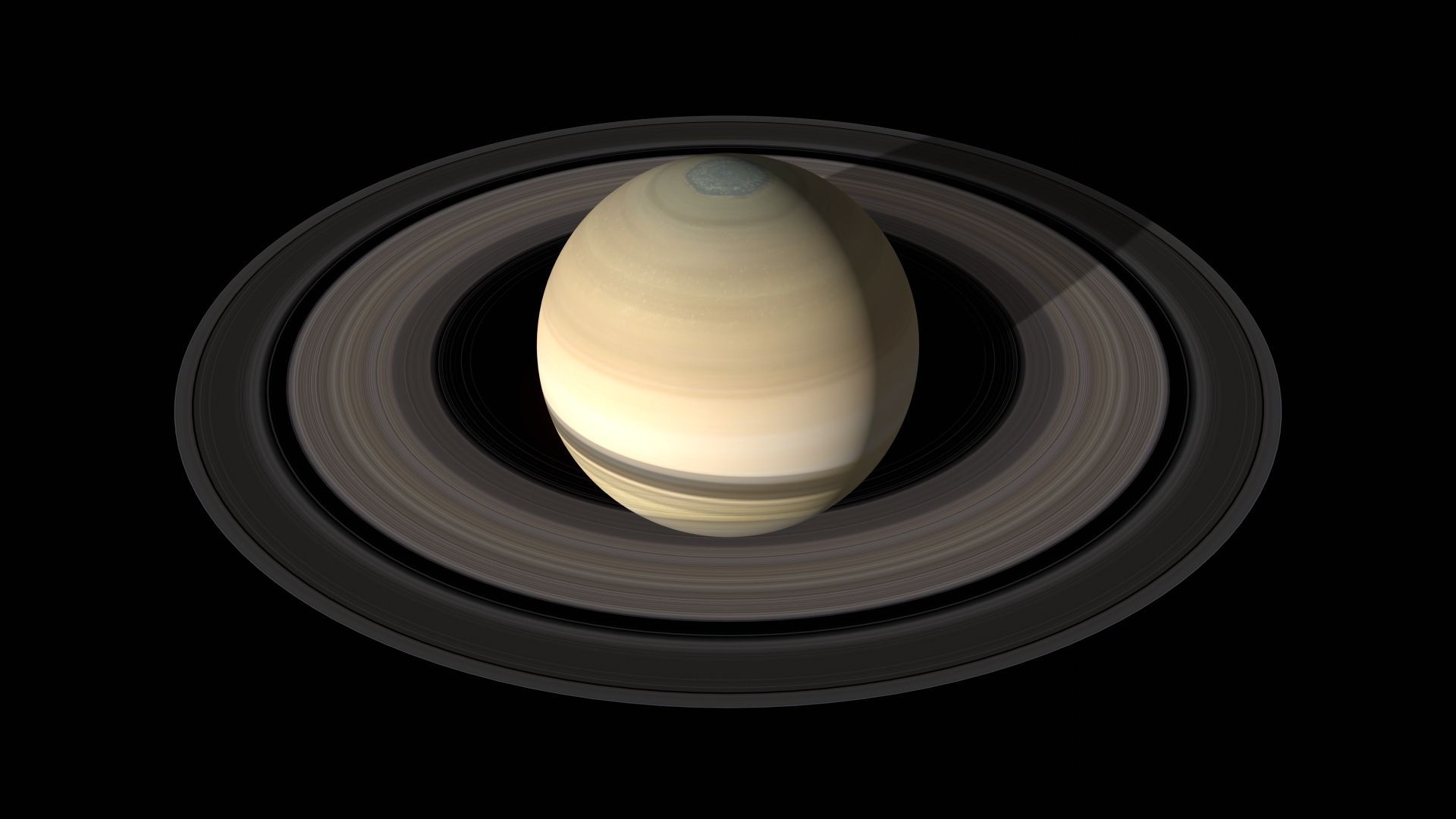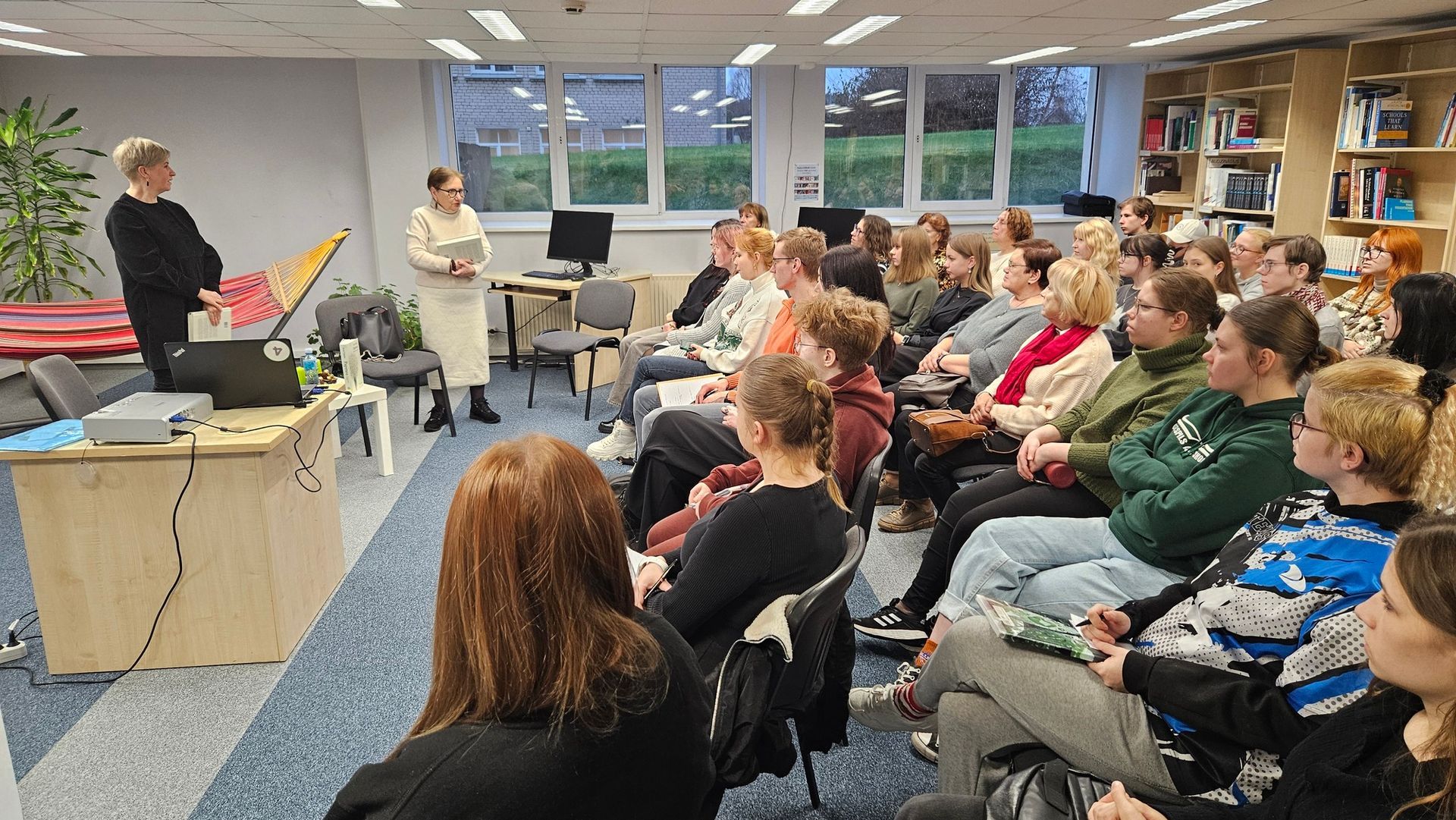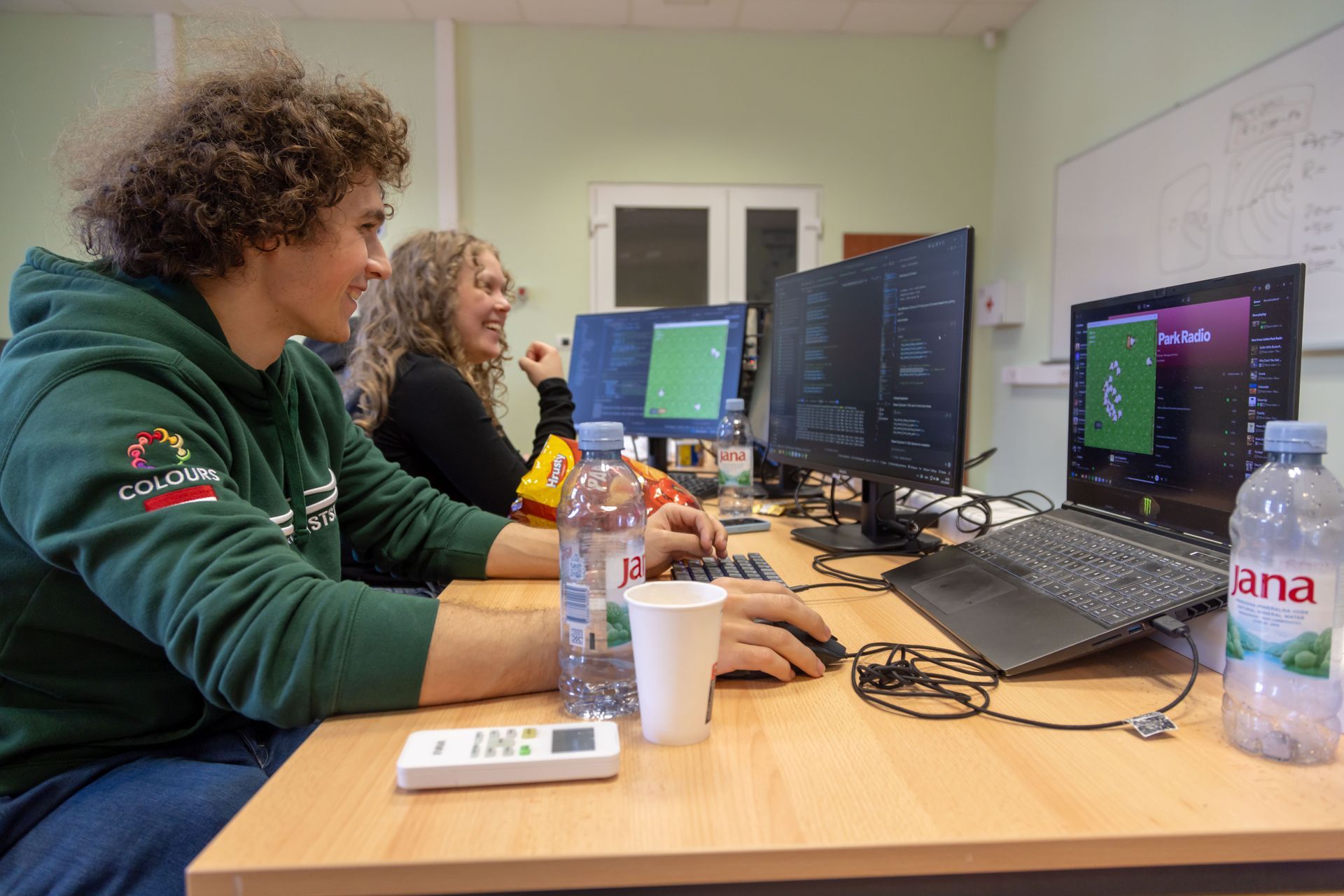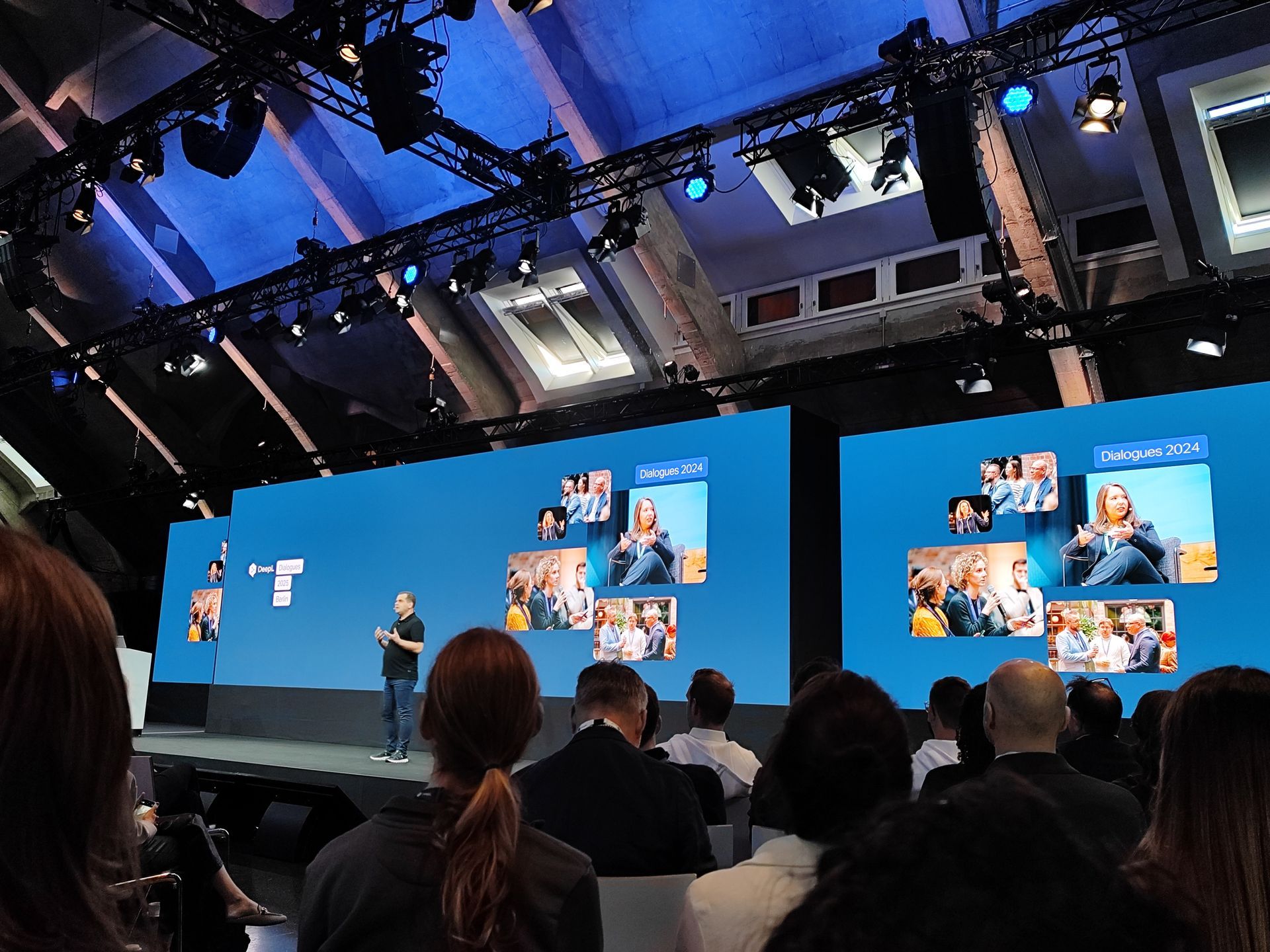Latvian computer scientists conquer the field of space modeling
The Latvian-based technology startup Nanocraft models the target comet of the European Space Agency’s Comet Interceptor spacecraft, its activity, and possible flight scenarios. Such a mission with an unknown target comet is being developed for the first time.
In this project, the startup commits to providing the Comet Interceptor camera teams – OPIC, MIRMIS, and EnVisS – with synthetic photorealistic images depicting various comet flybys and potential comet activity. The Comet Interceptor is planned to be launched into space in 2029. “Since the mission’s target comet is not yet known, as it comes from the Oort Cloud, thousands of times farther from the Sun than the Earth, we help develop and test the camera and onboard algorithms with synthetic images,” explains Andris Slavinskis, co-founder of Nanocraft.

Piemērs fotoreālai modelēšanai – Blender vidē modelēts Saturns
Avots: “Nanocraft”, Mario F. Palos
Nanocraft has also begun work on an N-Space mission design tool that would be able to model space and near-Earth scenes in real-time.
“We’re seeing cameras become the primary navigation solution for both drones and unmanned aerial vehicles, and the same is happening in space technology. With N-Space, we want to develop an easy-to-use professional software tool that supports the new generation of technology. We see that cameras play a big role in decision-making, and their developers actively use synthetic images to teach algorithms,” explains A. Slavinskis.
The founders of the start-up company, Andris Slavinskis, Inese Lībiete, and Uldis Locāns, are young computer scientists with experience in developing technologies for space and Earth applications. They aim to conquer the field of space modeling with modern three-dimensional photorealistic technologies, which have already been evaluated by the European Space Agency and cooperation partners in Finland and Estonia.
The idea of founding Nanocraft came to them at the beginning of 2023, since the team has 10 years of experience in technology development and research, as well as a desire to use their abilities in space solutions. A. Slavinskis has worked on the “Comet Interceptor” mission at Aalto University in Finland and Tartu University in Estonia. Among his friends, he approached co-founders I. Lībiete and U. Locāns, who have extensive experience in science and the private sector.
I. Lībiete worked at the Ventspils International Radio Astronomy Center during her master’s studies and afterward gained extensive experience in management, IT projects, and product development in various private companies. Currently, she works in the Comet Interceptor OPIC team at the University of Tartu. U. Locāns received a doctorate from the University of Latvia for his work at the Paul Scherrer Institute in Switzerland and later gained experience at both Intel and Microsoft, where he still works. After obtaining a PhD in physics from the University of Tartu, A. Slavinskis worked at the NASA Ames Research Center in California, where he developed the capabilities needed by Nanocraft in the field of space mission design.
To initiate cooperation with the European Space Agency, Nanocraft participated in the call of Latvia’s 2023 national program, which aimed to develop new sectors of space technology in Latvia.
Ventspils University and the Ventspils International Radio Astronomy Center are involved in implementing a European Space Agency project focused on modeling cometary activities, including both the comet’s atmosphere and its tail. Karina Šķirmante, a researcher at the Ventspils International Radio Astronomy Center, has previously modeled comet activity in the radio frequency band to assess the feasibility of observing comets with Irbene radio telescopes. The center’s team possesses extensive experience in high-performance computing and data processing, enabling them to optimize the developed model on the high-performance clusters available at the center. Participation in the new project allows the center’s team to expand their expertise and join the Comet Interceptor team of scientists and engineers, creating new avenues for collaboration. The connection with Ventspils University is not coincidental, as it is where A. Slavinskis, I. Lībiete, and U. Locāns obtained their bachelor’s and master’s degrees in computer science.

Čurjumova—Gerasimenko komēta 67P. Kreisais un vidējais attēls ir modelēts Blender vidē. Labais attēls ir iegūts ar EKA kosmosa kuģi Rosetta. Avots: Pajusalu et al. 2022.
Share on other platforms
Other news







